Image Credit: Energy Vanguard
Image Credit: Energy Vanguard This AHRI certificate for a 3-ton air conditioner shows that the unit's actual capacity is only 2.8 tons.
Image Credit: AHRI The temperature indoors and outdoors has a big effect on air conditioner capacity. The hotter it is outside and the cooler you keep your home, the lower your air conditioner's capacity will be.
Image Credit: jetsandzeppelins, from flickr.com, Creative Commons license
Today I’m going to give you three reasons why your 3 ton air conditioner isn’t really a 3 ton air conditioner. Of course, there are more than three reasons, starting with the fact that it’s not 3 tons in weight. That unit refers to cooling capacity and harkens back to the days of ice. I’m also not talking about any of the multitude of reasons having to do with improper design, faulty installations, or lack of maintenance — topics that I discuss frequently enough already.
No, today I’m going to tell you that your 3-ton (or 2-ton or whatever size you have) air conditioner may not be what you think it is, even when everything’s designed, installed, commissioned, and maintained perfectly. David Butler wrote about two of these reasons in a guest post on ACCA’s Manual S protocol for selecting HVAC equipment two years ago, and that’s a great article for understanding some of the subtleties.
So, what are these three reasons?
1. Nominal vs. actual capacity
When we talk about air conditioner capacity, we’re usually giving the nominal size. A 3-ton air conditioner has a nominal capacity of 36,000 BTU per hour, but the actual rating using the operating conditions specified by AHRI is rarely the same as the nominal capacity. For example, the air conditioner shown in the AHRI certificate below is referred to as a 3-ton unit (36,000 BTU/hr), but it has an actual capacity of 2.8 tons (34,000 BTU/hr).
2. AHRI’s indoor operating conditions vs. actual operating conditions
As David Butler discussed in his article on Manual S, AHRI ratings are done for an indoor dry bulb temperature of 80°F and indoor wet bulb temperature of 67°F. ACCA recommends using an indoor design temperature (dry bulb) of 75°F and relative humidity of 50%. That’s closer to the actual conditions that most homes actually operate at than AHRI’s conditions.
Let’s think about the temperature difference and see what effect that might have on the cooling capacity. Which way do you think it would go if we bring cooler air into the air conditioner than it was rated for?
Well, let’s frame that a little differently. Is it harder to cool cooler air or warmer air? The answer is the former. The lower the temperature goes, the harder it is to remove more heat from it. Just ask the folks at the Microkelvin Laboratory at the University of Florida, where they get about as close to absolute zero as is possible.
If it’s harder to cool air at 75°F than air at 80°F, then that means the 2.8-ton air conditioner above isn’t going to be even 2.8 tons. To find the answer here, you have to factor in the humidity levels, too. As David wrote, it’s a moving target, but the net result of AHRI’s operating conditions is that your air conditioner’s capacity is lower than it’s rated (unless you keep the thermostat at 80°F or higher).
3. Outdoor operating conditions for AHRI vs. actual operating conditions
AHRI uses 95°F as its outdoor test temperature, so if your outdoor cooling design temperature differs from that, your AC capacity will again vary from the AHRI rated capacity. In this case, we get a little of that lost capacity back here in Atlanta. Our design temperature is 92°F, which means that the air conditioner has an easier job of dumping heat into the outside air than it would if it had to dump the heat into 95°F air.
If you live in Tucson, Arizona, with a design temperature of 103°F, however, your 3-ton air conditioner has now dropped in capacity again. It’s just harder for that refrigerant to give up those BTUs to air that’s hotter.
More reasons for variation
It’s important to remember that the three reasons above don’t have anything to do with poor design, installation, commissioning, or maintenance. Plenty of other factors related to those issues also affect capacity:
- Bad ductwork
- Dirty filters or coils
- Poor air flow through the condensing coil
- Improper refrigerant charge
These are not good reasons to oversize an air conditioner!
The takeaways
The main thing to be aware of is that you need to know more than just the result of the Manual J cooling load calculation. A Manual J report may say you need a 3-ton air conditioner, but for the three reasons above, you might really need to install a 3.5-ton unit. That’s why Manual S, the equipment selection protocol, is so important. The thing is, though, that even with these issues that mostly reduce the capacity of your your air conditioner, most air conditioners still end up oversized.
I recently heard someone say that thumbs are great things, but it’s good to recognize their limitations. Having opposable thumbs allows us to write a letter, examine a mulberry, and hold a glass of beer, but no matter how great they are, thumbs can’t design HVAC systems. Rules of thumb don’t work. You need to know how things really work and do the math for that.
Allison Bailes of Decatur, Georgia, is a speaker, writer, energy consultant, RESNET-certified trainer, and the author of the Energy Vanguard Blog. You can follow him on Twitter at @EnergyVanguard.
Weekly Newsletter
Get building science and energy efficiency advice, plus special offers, in your inbox.

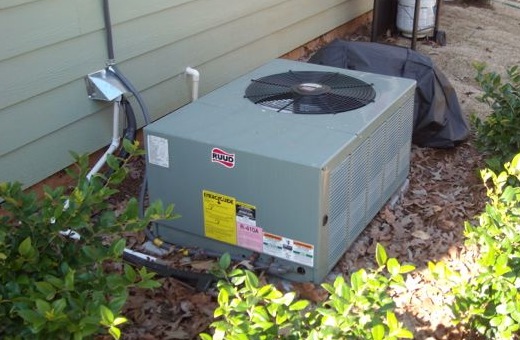




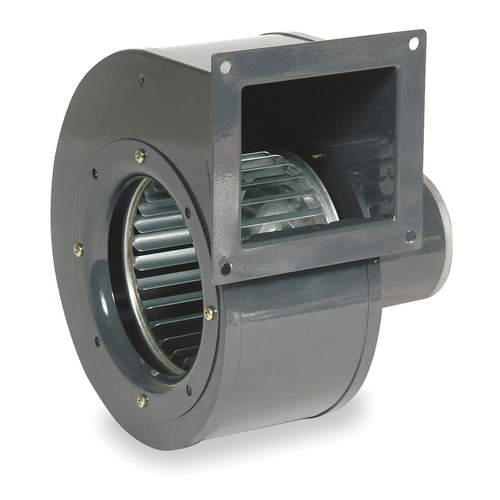
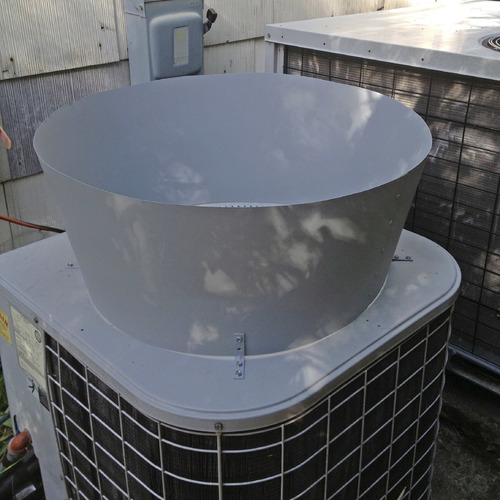
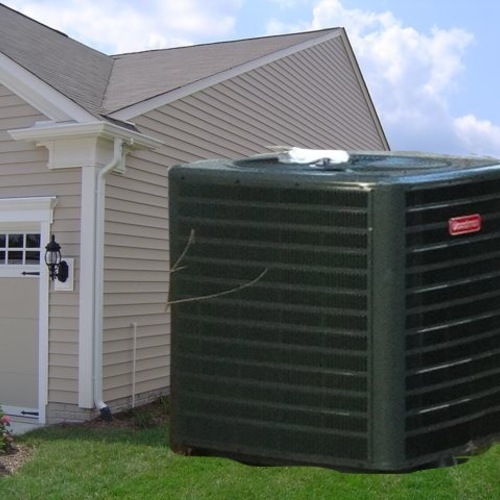
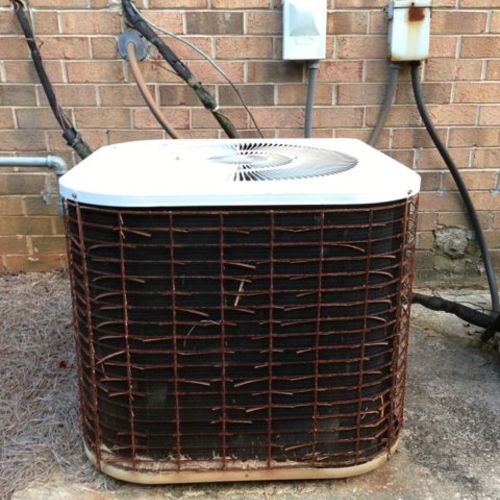






4 Comments
Tons at the register - a useful concept from LBNL
Potentially a good concept and idea to incorporate here would be 'tons at the register', a concept developed by researchers at LBNL to reflect the performance of the entire system. As you noted in your 'more reasons for variation' section, duct leakage, airflow and other factors have large influence, certainly larger than the difference between nameplate/nominal capacity. Bad distribution systems can waste half of the unit's capacity (labeled or actual at the coil) during peak demand, and improved systems can reduce the required equipment size by one ton in a typical CA central valley home.
http://epb.lbl.gov/publications/pdf/lbnl-41957.pdf
http://epb.lbl.gov/publications/pdf/lbnl-45315.pdf
Cheers!
Response to Brennan Less
Yes, you're absolutely right. I love the 'Tons at the Register' concept! Thanks for sharing those links.
Much Appreciated
The blog provides some valuable tips to be taken into consideration while choosing and installing the right air conditioning system residentially and Other than that points have been clearly written and easily conveyed to the readers. I was looking for information on Ductless Air Conditioning Installation. It would had been great if I had found some here.
Response to Kevin Field
Kevin,
If you enter "ductless minisplit" into the GBA search box, you will discover links to dozens of GBA stories on the topic.
Log in or create an account to post a comment.
Sign up Log in